
Chronic Obstructive Pulmonary Disease (COPD) is not a single illness, but rather a group of progressive lung conditions that make breathing increasingly difficult. The most well-known forms of COPD are emphysema and chronic bronchitis, both of which commonly affect adults in mid to later life — though the condition can affect people of all ages.
In most cases, COPD is caused by long-term exposure to harmful irritants such as cigarette smoke or chemical pollutants. Early diagnosis is key, as appropriate treatment and lifestyle changes can help manage symptoms, slow the progression of the disease, and support a more independent life.
COPD typically involves both emphysema and chronic bronchitis:
Emphysema gradually damages the air sacs in the lungs, reducing the amount of oxygen entering the bloodstream.
Chronic bronchitis leads to long-term inflammation of the airways, causing a persistent cough with mucus.
COPD develops over many years, and diagnosis often follows a combination of tests — including lung function assessments, chest imaging, and blood tests. Because the condition can worsen if left untreated, seeking early medical advice is essential.
While there is currently no cure for COPD, modern treatments can greatly improve comfort, mobility, and quality of life — especially when supported by tailored care and the right lifestyle approach.

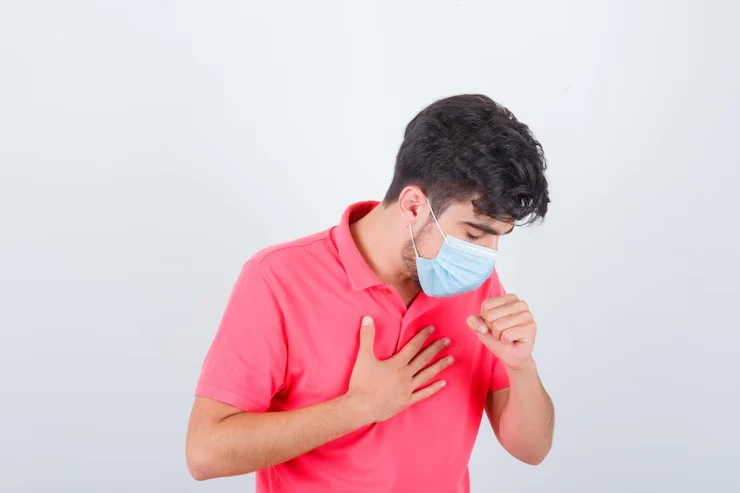
The hallmark symptom of COPD is difficulty breathing, particularly during physical activity. Other common symptoms include:
As the condition progresses, everyday tasks — such as climbing stairs or getting dressed — may become increasingly tiring. Individuals may also experience periodic flare-ups, particularly during the winter months, when symptoms become suddenly more severe.
While symptoms can often be managed day to day, the following signs indicate a need for urgent medical review:
These symptoms may point to a serious complication, such as low oxygen levels or heart strain, and should be treated as a priority.

Although COPD is a long-term, progressive condition, with the right treatment plan and support, individuals can continue living an active and fulfilling life.
Treatments may include:

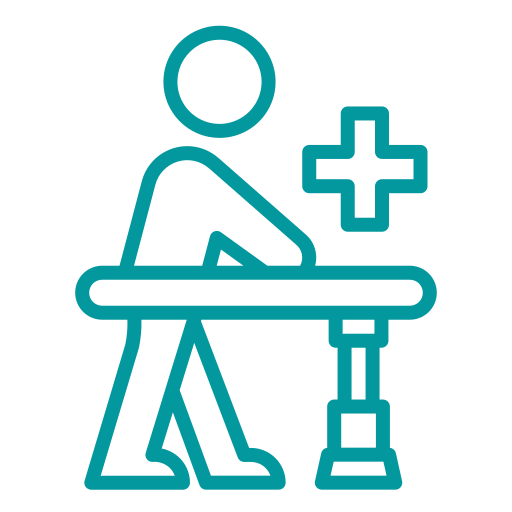

At Response Care, we understand the complexities of COPD and how it impacts daily life. Our experienced live-in carers are trained to support individuals living with respiratory conditions, helping to manage symptoms and avoid unnecessary hospital admissions.
From assistance with medication and oxygen therapy to preparing nutritious meals and ensuring the home environment is safe and well-ventilated, our carers are there every step of the way.
We also focus on emotional wellbeing, offering encouragement, companionship, and reassurance — especially during periods of worsening symptoms or seasonal flare-ups.
With the right care in place, many individuals with COPD can continue to live confidently at home, surrounded by comfort, routine, and the people they love.

COPD, or Chronic Obstructive Pulmonary Disease, is a collective term for a group of progressive lung conditions. The two most common types are:
In most cases, individuals living with COPD will experience symptoms of both emphysema and chronic bronchitis.
The severity of COPD can vary significantly from person to person, and it is often classified into four stages based on lung function and the results of a spirometry test (which measures how much air can be forcefully exhaled):
Occasional shortness of breath, typically during physical activity. Symptoms may be subtle at this stage.
More frequent breathlessness, often requiring individuals to slow down during daily tasks.
Breathing becomes difficult even during simple activities like getting dressed. Flare-ups may become more frequent.
Symptoms are persistent and significantly limit daily life. Oxygen levels may be low, and the risk of complications is higher.
As COPD progresses into the more severe stages, the risk of further health complications increases. These may include:
This is why early diagnosis and careful management are so important — to minimise risks and help maintain a good quality of life.

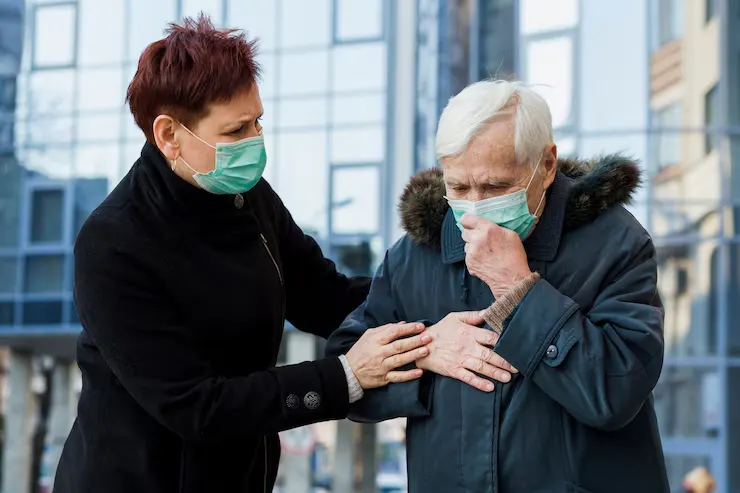
Although COPD is a long-term condition with no known cure, it can be effectively managed with a combination of medical treatment, lifestyle support, and professional care.
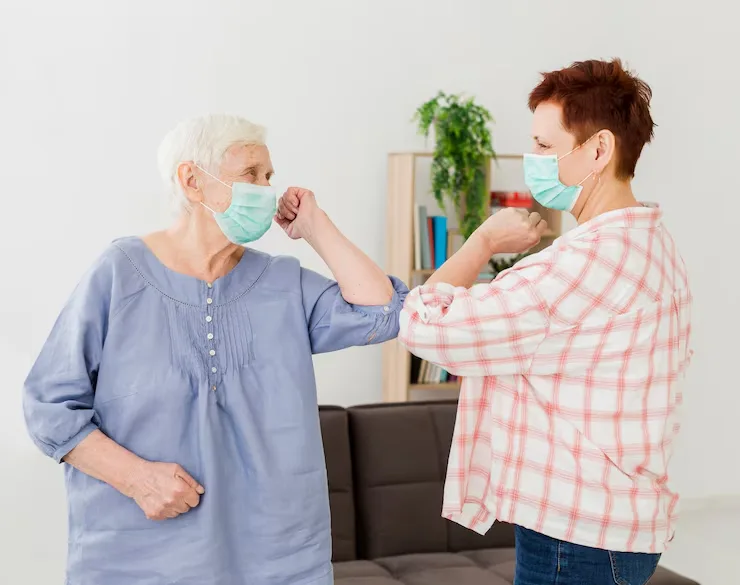
At Response Care, we provide dedicated live-in carers trained to assist individuals living with COPD. Our carers not only help manage the practical day-to-day aspects of the condition but also provide the emotional and social support that makes a real difference in quality of life.
By understanding each person’s condition and preferences, we tailor care to their unique needs — helping them continue to live well, with dignity, safety, and independence at home.

Managing COPD effectively often involves a combination of medical treatment, lifestyle adjustments, and ongoing support. While the condition is progressive and currently incurable, the right care can make a significant difference in maintaining independence and quality of life.
Some of the common treatments for COPD include:
In addition to clinical treatments, having the right care and daily support is essential in managing COPD, especially as the condition progresses. Many people live long and fulfilling lives with COPD, but the addition of practical care can help prevent complications and enhance overall wellbeing.
Depending on individual needs, there are a number of care pathways to consider:

In the earlier stages, assisted living or domiciliary care may be sufficient, helping with light household tasks or medication reminders. As the condition progresses, however, more consistent care may be needed — especially during flare-ups or when mobility and stamina are affected.
Live-in care provides a flexible and dignified alternative to moving into a residential home. It allows individuals to remain in their own familiar surroundings, with a professional carer available throughout the day and night. Unlike visiting care, which offers only limited time and support, live-in care ensures ongoing reassurance, comfort, and medical oversight.
This kind of care can support with:

As COPD symptoms become more complex, live-in care can evolve to meet changing needs — including transitioning to a 24-hour care model, where two carers work in rotation to ensure round-the-clock assistance.